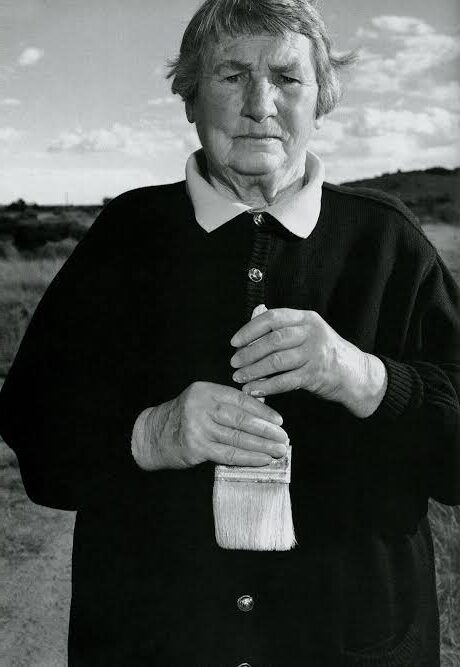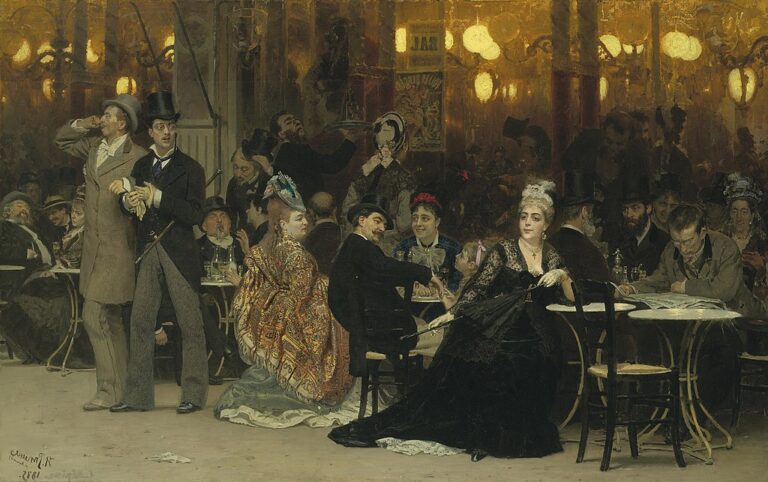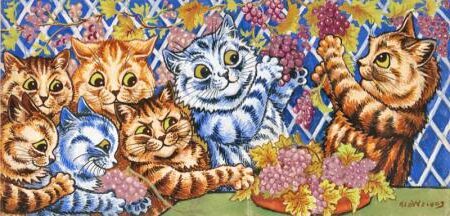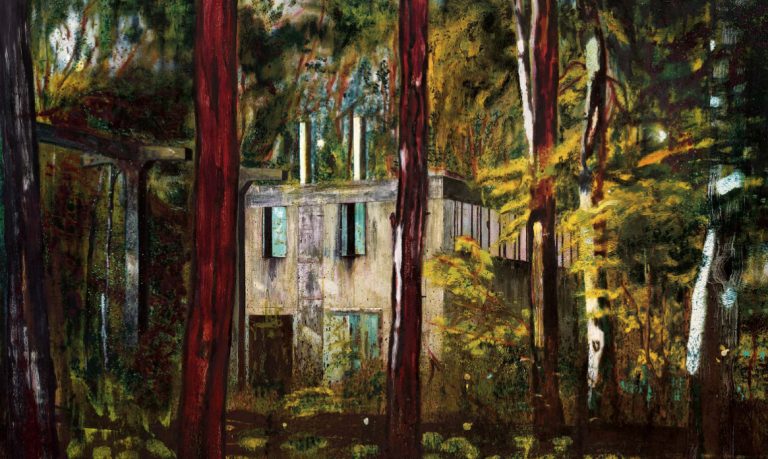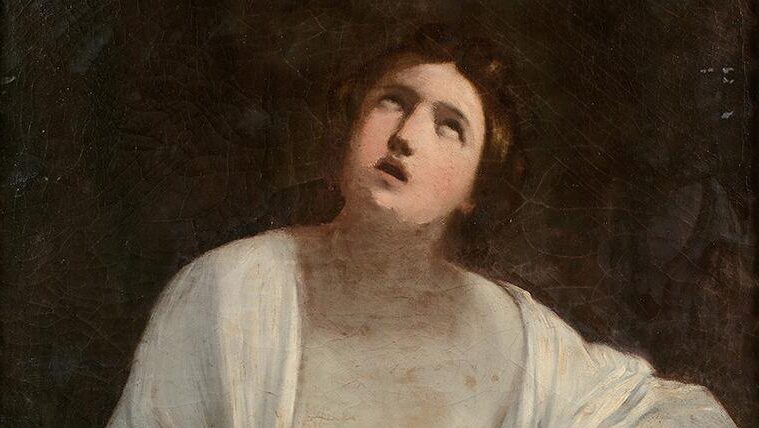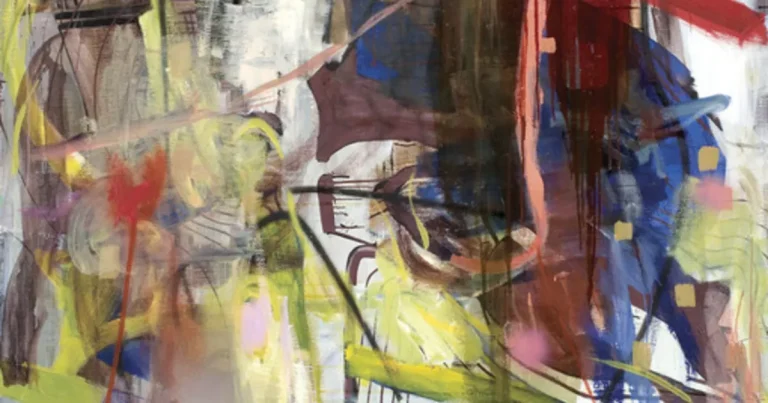Agnes Martin Painter: Pioneering Abstract Expressionist of the 20th Century
Born: March 22, 1912, Macklin, Saskatchewan, Canada
Death: December 16, 2004, Taos, New Mexico, United States
Art Movement: Abstract Expressionism
Nationality: American
Teacher: D. T. Suzuki
Institution: Western Washington University, Teachers College, Columbia University, University of New Mexico
Agnes Martin Painter: Pioneering Abstract Expressionist of the 20th Century
Early Life and Education
Agnes Martin’s formative years were shaped by her Canadian roots and later academic pursuits in the United States.
Her journey from rural beginnings to becoming a significant figure in abstract art reflects both her personal resilience and evolving artistic vision.
Beginnings in Canada and Early Influences
Agnes Martin was born on March 22, 1912, in Saskatchewan, Canada, to Scottish Presbyterian pioneers.

Friendship, 1963, by Agnes Martin
Her early childhood unfolded on an isolated farm in the Canadian prairies, an environment that likely influenced her later aesthetic of simplicity and vast horizons.
After her father’s death, Martin’s mother moved the family to Vancouver. These early years in Canada established a foundation for Martin’s connection to landscape and space, elements that would later define her abstract works.
The stark beauty of Saskatchewan’s open plains appears reflected in Martin’s later artistic style, characterized by subtle grid patterns and delicate lines. Her Canadian upbringing instilled a quiet persistence that would serve her throughout her artistic career.
Transition to the United States and Academic Pursuits
In 1931, Martin moved to the United States at age 19, marking the beginning of her artistic journey in a new country. She would later become a U.S. citizen in 1950, fully embracing her adopted homeland.
Martin’s formal education was extensive and varied. She attended Western Washington College of Education in Bellingham, Washington, before pursuing further studies at Teachers College, Columbia University in New York.
This academic background in education would support her financially as she taught art while developing her artistic practice.
Her academic training provided technical foundations, but Martin would eventually move beyond conventional approaches.
At Columbia University, she gained exposure to contemporary art movements that expanded her artistic vision. This educational period represented a crucial transition between her Canadian roots and her emergence as a significant figure in American abstract art.
Artistic Development and Philosophy
Agnes Martin’s artistic journey unfolded through distinct phases as she refined her approach to abstract art.
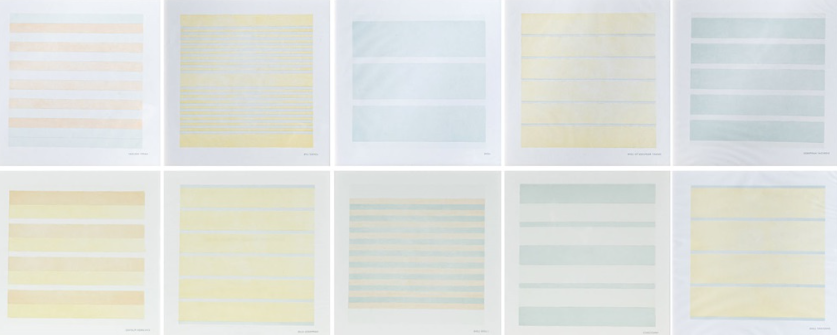
Senza titolo (Recent Paintings), 2000, by Agnes Martin
Her philosophy centered on capturing emotional states through minimalist means, evolving from biomorphic forms to her iconic grid paintings.
Involvement with the Coenties Slip Group
In the late 1950s, Martin moved to lower Manhattan’s Coenties Slip, an area that attracted several experimental artists.
She joined an informal community that included Ellsworth Kelly and other innovative creators who operated outside the dominant Abstract Expressionist movement. This period proved crucial for Martin’s development.
The artists in the Coenties Slip group shared ideas while maintaining artistic independence. They created a supportive environment that allowed for exploration and risk-taking.
In this vibrant setting, Martin began moving from representational landscapes toward abstraction. The influence of her artistic neighbors helped her discover the geometric language that would define her mature work.
Evolving Styles and Techniques
Martin’s early works featured biomorphic shapes inspired by natural formations. By the mid-1960s, she had refined her style into the grid-based compositions that became her signature.
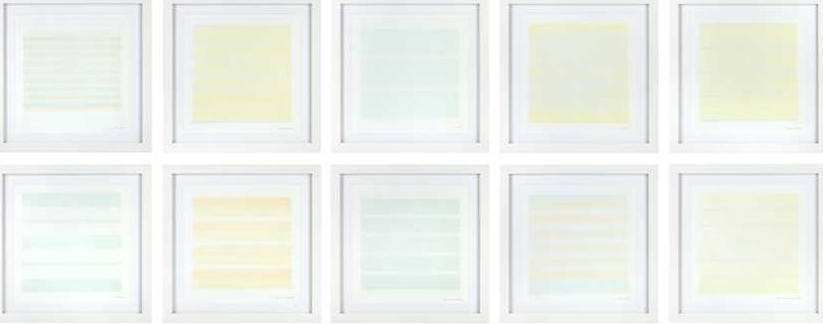
Happiness-Glee; I Love Love, Infant Response to Love, 2000
Her technique involved carefully measured pencil lines on canvas, creating delicate grids. She applied thin washes of paint in muted colors—pale blues, pinks, and yellows—that seemed to glow with inner light.
Martin worked with graphite and ruled lines to achieve mathematical precision. Yet her hand-drawn approach embraced subtle imperfections that gave her work human warmth.
When she moved to New Mexico in 1968, her palette shifted to reflect the desert landscape. Her compositions became increasingly spare, emphasizing horizontal and vertical lines.
Themes of Nature and Spirituality
Nature profoundly influenced Martin’s art, though not in a literal sense. She captured the feeling of natural experiences rather than their appearance.
The expansive Southwest landscapes of New Mexico provided emotional and spiritual inspiration.
“The function of art is the renewal of memories of moments of perfection,” Martin wrote. Her work aimed to evoke transcendent feelings rather than represent physical objects.
Meditation and solitude were central to her creative process. Martin often sat quietly before painting, waiting for inspiration to appear in her mind as a complete image.
Her grids conveyed spiritual concepts like harmony, peace, and truth. Though minimalist in form, her paintings expressed complex emotional states that words couldn’t capture.
Legacy and Impact on the Art World
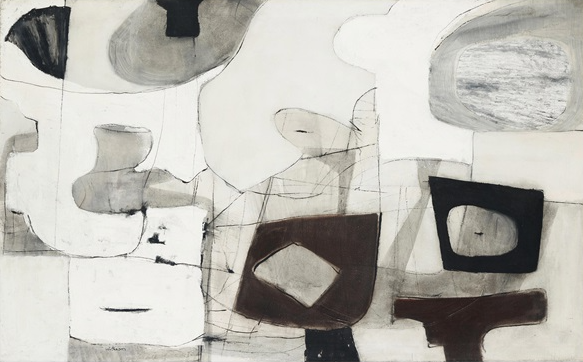
Autumn Watch, 1954, by Agnes Martin
Agnes Martin’s influence extends far beyond her lifetime, establishing her as one of the most significant figures in abstract and minimalist art. Her distinctive grid paintings and delicate line work continue to captivate audiences and influence artists worldwide.
Major Exhibitions and Collections
The Guggenheim Museum in New York City hosted a comprehensive retrospective of Martin’s work in 2016, drawing international attention to her artistic contributions.
This exhibition traveled to multiple venues, introducing her subtle abstractions to new generations of art enthusiasts.
Martin’s paintings are housed in prestigious institutions worldwide. The Museum of Modern Art (MoMA) maintains a significant collection of her works, presenting them alongside other influential abstract artists.
The Harwood Museum in Taos, New Mexico features the Agnes Martin Gallery, a permanent installation of seven paintings created specifically for an octagonal space. This meditative environment honors her connection to the southwestern landscape that inspired much of her later work.
Reflections on Mental Health
Martin’s lifelong struggle with schizophrenia has become an important part of understanding her artistic process.
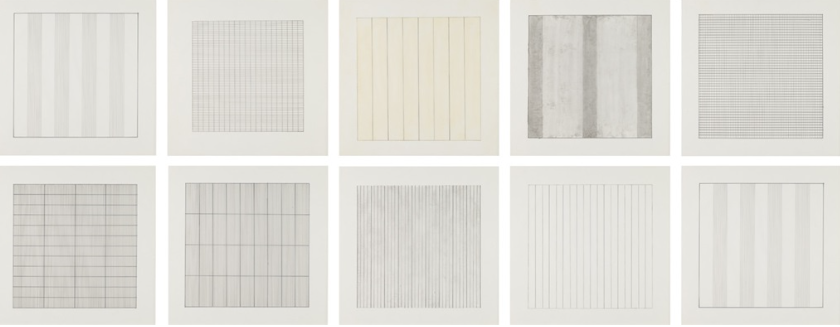
Paintings and Drawings, with 10 works, 1991
Despite these challenges, she maintained an extraordinary dedication to her practice, often working in isolation.
Her ability to create serene, ordered compositions while managing mental health difficulties has inspired discussions about the relationship between creativity and psychological states. Biographer Nancy Princenthal sensitively addressed these aspects in her comprehensive study of Martin’s life and work.
Martin’s concept of the “Untroubled Mind” – her pursuit of emotional clarity through art – has resonated with many who see in her work a path toward inner calm and acceptance.
Influence on Future Generations of Artists
Martin’s minimalist approach has influenced countless contemporary artists who embrace her dedication to subtle variations, precision, and emotional restraint.
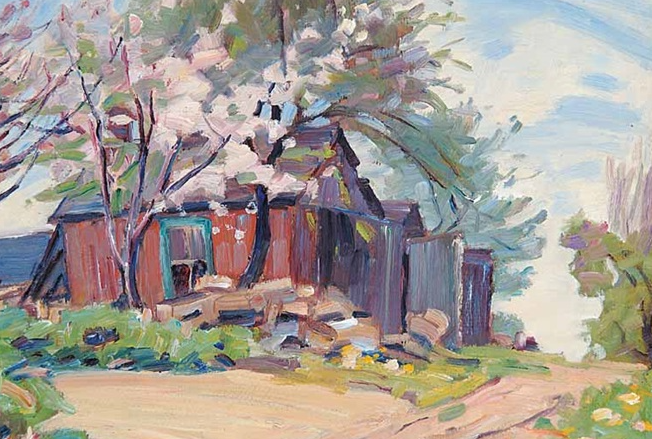
This Olde House in Cherry Blossom Time by Agnes Martin
Her rejection of representational elements in favor of essential forms continues to inspire those seeking artistic purity.
The University of New Mexico houses materials that document her teaching philosophy, revealing how she encouraged students to develop their own authentic artistic voices.
Many women artists particularly acknowledge Martin as a pioneer who achieved recognition in the male-dominated New York art world of the 1950s and 1960s. Her success opened doors for future generations of female abstract artists.
Contemporary galleries frequently pair Martin’s works with younger artists who explore similar themes of meditation, repetition, and the emotional power of abstraction.
Frequently Asked Questions
Agnes Martin’s work continues to intrigue art enthusiasts and critics alike. Her minimalist approach, personal experiences, and unique artistic vision have raised many questions about her techniques, influences, and legacy in the art world.
What influences shaped Agnes Martin’s minimalist style?
Agnes Martin’s minimalist style was shaped by several key influences.
The natural landscapes of New Mexico played a significant role in her artistic development, providing inspiration for her subtle emotional expressions.
Eastern philosophy, particularly Taoism and Zen Buddhism, heavily influenced Martin’s approach to art. These philosophies emphasizing emptiness, silence, and meditation are reflected in her grid-based compositions.
Artists like Mark Rothko and Ad Reinhardt also influenced Martin’s journey toward abstraction and minimalism. Their focus on color fields and reduced forms helped shape her distinctive style.
How has Agnes Martin’s ‘The Tree’ impacted modern art?
‘The Tree’ demonstrates Martin’s ability to evoke natural elements through abstract means. The painting uses subtle horizontal lines to suggest the essence of a tree without directly depicting it.
This work has influenced contemporary artists to explore abstraction as a means of conveying emotion rather than representation. Many minimalist and abstract expressionist artists cite this piece as transformative for their understanding of reduction in art.
The piece exemplifies Martin’s philosophy that art should capture emotional responses to nature rather than nature itself. This concept continues to impact how artists approach abstraction in modern art.
What are the distinct characteristics of Agnes Martin’s Summer 1964 series?
The Summer 1964 series features Martin’s signature grids with meticulously drawn pencil lines on painted backgrounds.
These works typically appear in square formats with pale, neutral colors like whites, grays, and light blues.
The series demonstrates remarkable precision and control, with hand-drawn lines that create subtle vibrations across the canvas. Each work maintains perfect spacing despite being created entirely by hand rather than with mechanical aids.
These paintings represent a pivotal moment in Martin’s career when her grid format became fully refined. The series established her distinctive visual language that would define her work for decades.
How did Agnes Martin’s personal life influence her artistic work?
Martin’s diagnosis of schizophrenia significantly impacted her artistic practice.
The structured, ordered nature of her grid paintings provided a sense of control and calm amidst her mental health challenges.
Her decision to live in isolation in New Mexico reflected in the meditative quality of her work. This solitary lifestyle allowed Martin to focus entirely on her art while finding peace in the desert landscape.
Martin’s spiritual beliefs also shaped her artistic approach. She viewed art-making as a spiritual practice and sought to create works that embodied universal emotions like happiness, innocence, and beauty.
Which Agnes Martin piece sold for the highest price at auction, and why?
“Orange Grove” (1965) achieved the highest auction price for a Martin work, selling for $10.7 million at Christie’s in 2016.
The painting’s exceptional grid precision and rare vibrant coloration made it particularly valuable.
The painting’s provenance also contributed to its high value. It came from a prestigious private collection and had been exhibited in major retrospectives of Martin’s work at the Tate Modern and Guggenheim Museum.
The record-breaking sale reflected growing appreciation for women artists and minimalist work in the art market. Martin’s pieces have consistently increased in value as collectors recognize her profound influence on abstract art.
How have scholars interpreted Agnes Martin’s use of schizophrenia in her art?
Scholars view Martin’s grids as both a reflection of and response to her schizophrenia. The ordered compositions may have provided therapeutic structure against chaotic thoughts and experiences.
Some art historians argue that Martin’s condition gave her unique perceptual insights that informed her art. Her ability to see beyond surface appearances and capture subtle emotional states may have been connected to her different ways of experiencing reality.
Martin rarely discussed her diagnosis publicly. She preferred her work to be judged on artistic merit alone. This has left space for ongoing scholarly interpretation about the relationship between her mental health and artistic expression.



